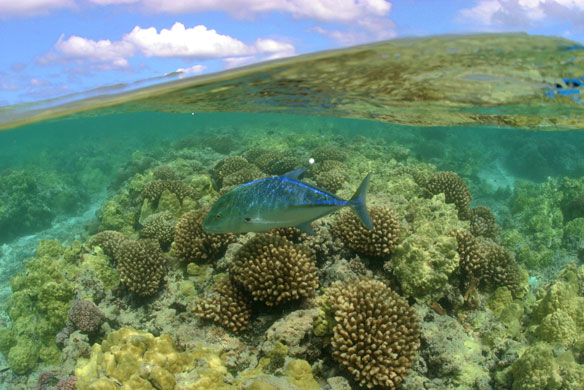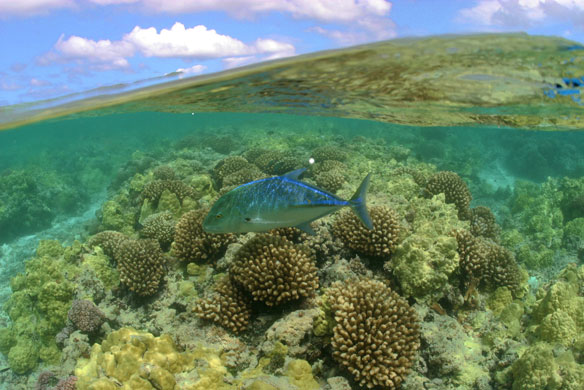
Photo source: James Watt / NOAA
Excerpts;
Japan’s “triple disaster,” as it has become known, began on March 11, 2011, and remains unprecedented in its scope and complexity. To understand the lingering effects and potential public health implications of that chain of events, scientists are turning to a diverse and widespread sentinel in the world’s ocean: fish.
Events on March 11 began with a magnitude 9.0 earthquake, the fourth largest ever recorded. The earthquake in turn spawned a massive 40-foot tsunami that inundated the northeast Japanese coast and resulted in an estimated 20,000 missing or dead. Finally, the wave caused catastrophic damage to the Fukushima Dai-ichi nuclear power plant, resulting in the largest accidental release of radiation to the ocean in history, 80 percent of which ended up in the Northwest Pacific Ocean.
In a Perspectives article appearing in October 26, 2012, issue of the journal Science, WHOI marine chemist Ken Buesseler analyzed data made publicly available by the Japanese Ministry of Agriculture, Forestry and Fisheries (MAFF) on radiation levels in fish, shellfish and seaweed collected at ports and inland sites in and around Fukushima Prefecture. The picture he draws from the nearly 9,000 samples describes the complex interplay between radionuclides released from Fukushima and the marine environment…
Read Full Article, Woods Hole Oceanic Institution
Fears Accompany Fishermen in Japanese Disaster Region, The New York Times









